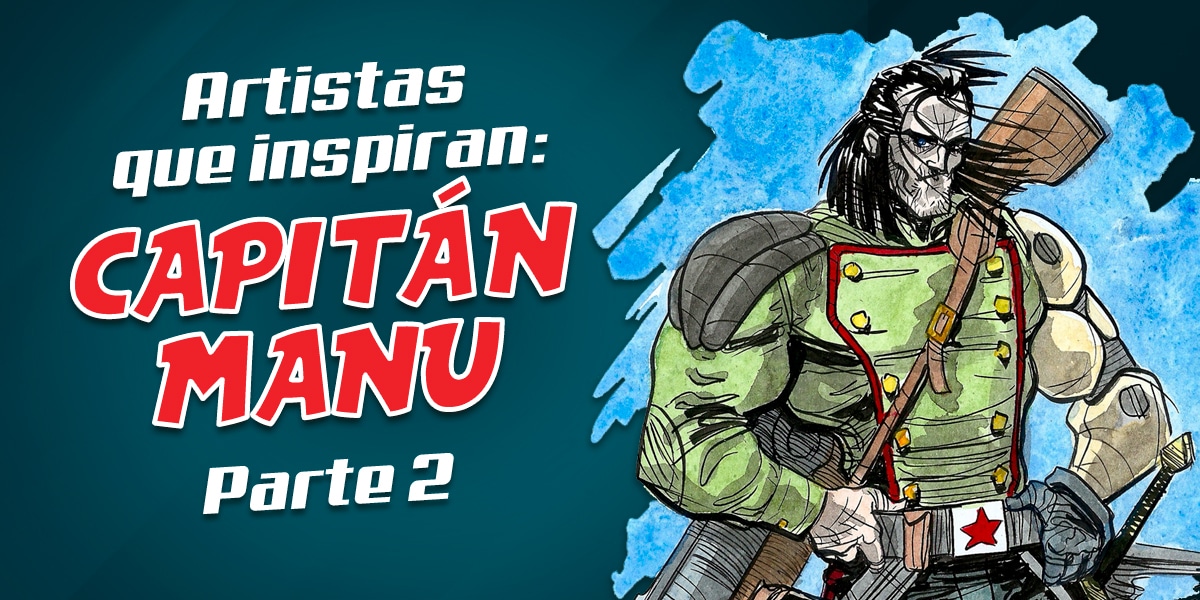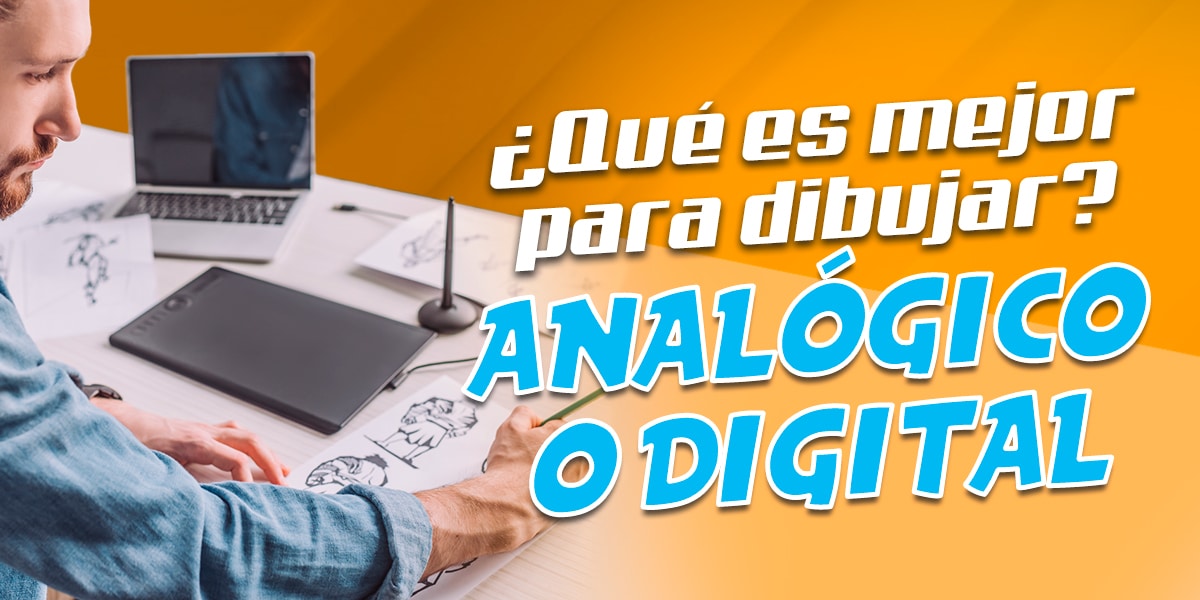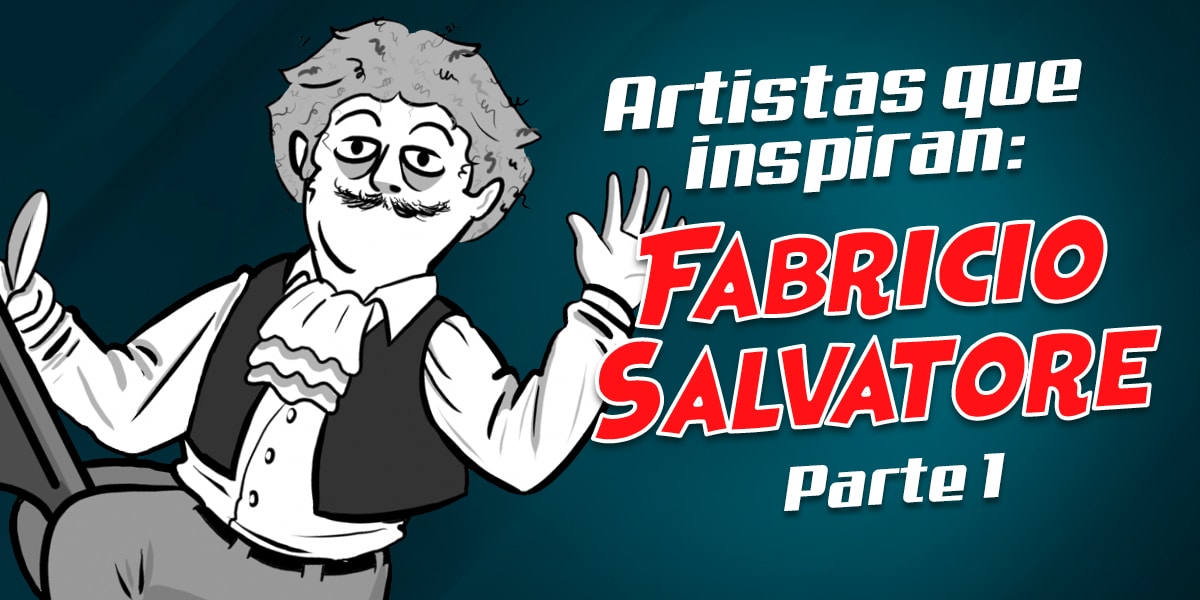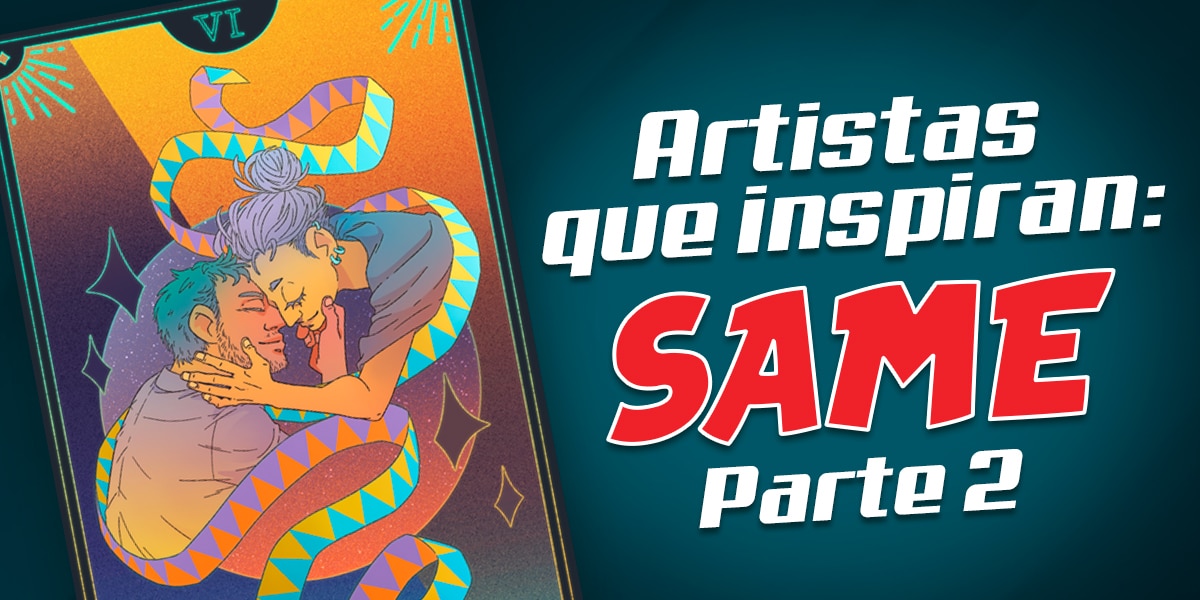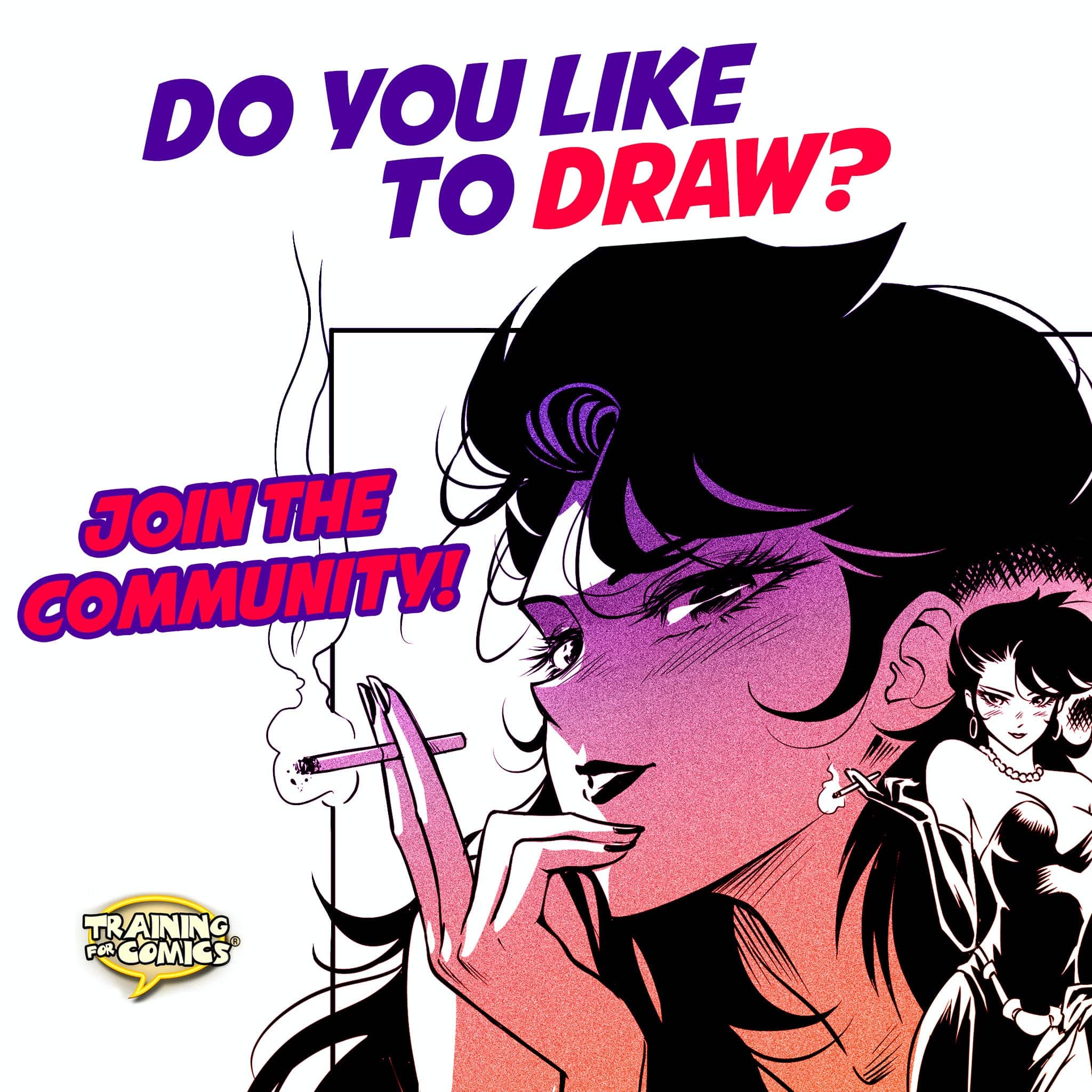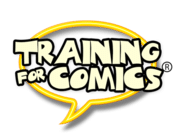Entrevista a Capitán Manu parte 2: Revelando los secretos del arte del cómic
¿Alguna vez te has preguntado cómo los grandes artistas del cómic logran crear escenas de acción tan dinámicas y personajes tan expresivos? En esta segunda parte de nuestra entrevista exclusiva con Manuel Loza, conocido en el mundo del arte como Capitán Manu, nos sumergiremos en los secretos detrás de su impresionante trabajo en el mundo de los cómics de aventura.
Prepárate para descubrir las herramientas favoritas de Manu, sus técnicas para crear movimiento en el papel, y sus recomendaciones imperdibles para todo amante del cómic. ¡Acompáñanos en este viaje fascinante al corazón del proceso creativo de uno de los artistas más prometedores de la escena!
Por Chuky Rossi
El arte como reflejo de la realidad: La sensibilidad social en los cómics de Capitán Manu
Cuando hablamos de cómics, a menudo pensamos en superhéroes y mundos fantásticos. Sin embargo, artistas como Manuel Loza nos demuestran que este medio puede ser un poderoso vehículo para reflejar y comentar sobre nuestra realidad social. En obras como “Almer” y “Estrella Roja”, Manu ha logrado fusionar la emoción de la aventura con una aguda conciencia social. ¿De dónde surge esta perspectiva única?
“Yo vengo de una casa de militantes, mi mamá encima, es socióloga”, nos revela Manu. “¿Viste cuando, de chico, te invitaban a alguna casa y la mamá decía, en esta mesa no se habla de política? Yo, vengo de una casa, donde desde que era chico, era, en esta casa, no se habla de otra cosa más que de política, todo lo otro es una pavada, mejor discutamos sobre tal medida, o el cambio en el gabinete.”
Esta inmersión temprana en discusiones políticas y sociales ha dejado una huella indeleble en el trabajo de Manu. “Esto, siempre estuvo presente, y está muy naturalizado en mi vida, incluso, creo que, por eso, termina apareciendo mucho en mis relatos, porque está tan presente, que, si no aparece, es como que me falta algo.”
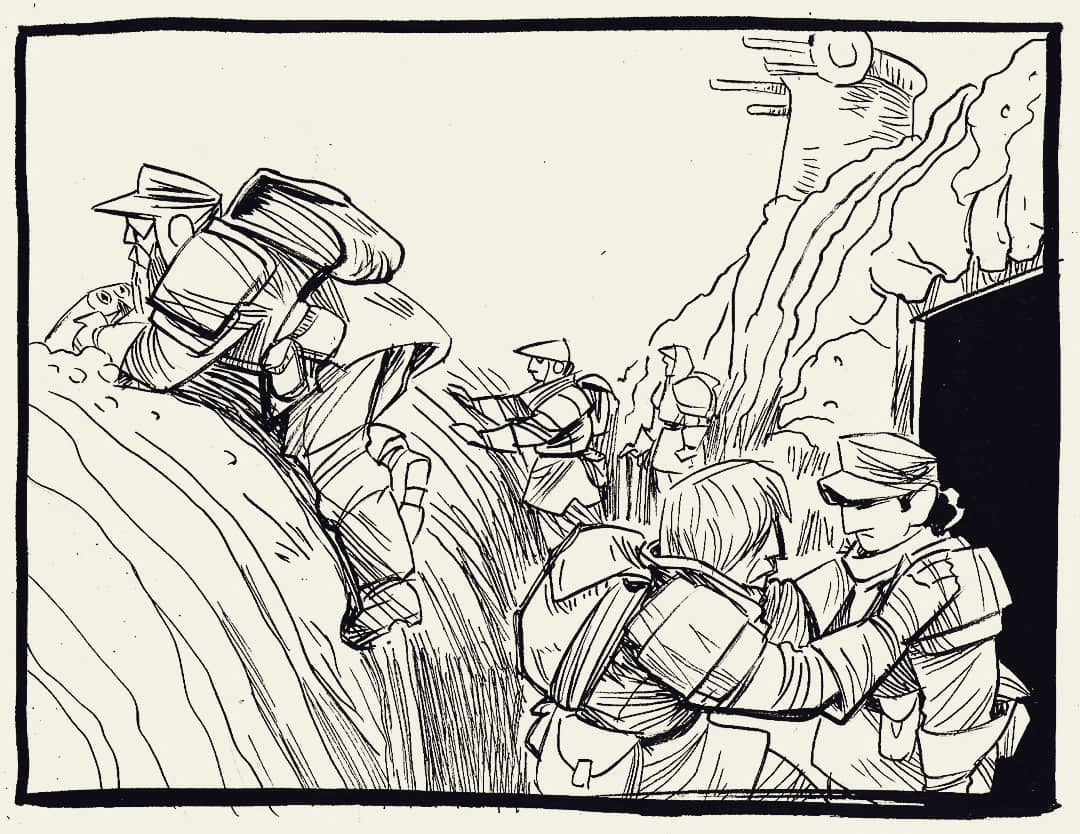
La capacidad de Manu para entrelazar temas sociales con narrativas cautivadoras es un testimonio de cómo el arte del cómic puede trascender el mero entretenimiento y convertirse en un medio de reflexión y crítica social. ¿Quieres aprender a transmitir mensajes poderosos a través de tus dibujos? Descubre cómo aquí.
Las herramientas del oficio: Simplicidad y experimentación
Cuando se trata de las herramientas que utiliza para dar vida a sus creaciones, Manu nos sorprende con su enfoque minimalista y a la vez innovador. “Uso un pincel de punta redonda, número tres o número cuatro, y tinta china”, explica. “Casi siempre, fui de usar solo esas dos cosas para todo, incluso para hacer líneas rectas.”
Sin embargo, la pandemia trajo consigo un período de experimentación para Manu. “Creo que ahora en la pandemia, empecé a abrirme un poco más, y de golpe uso cosas como el cepillo de dientes.” Esta apertura a nuevas técnicas ha enriquecido su trabajo, permitiéndole explorar texturas y efectos diferentes.
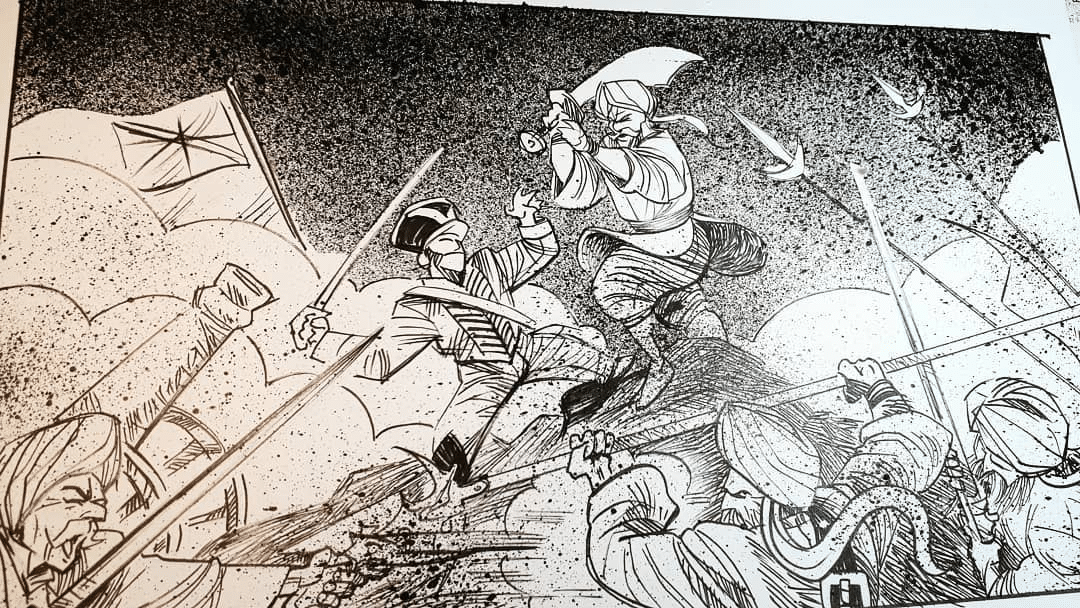
Una anécdota particularmente interesante involucra un regalo inesperado: “Me pasó una cosa muy linda, ahora, estoy viviendo en la casa de Sole Otero, que está viviendo en Francia, la vació y yo la alquilo, ella me regaló pinceles y Pentel. Uno está roto, y en vez de hacer una punta hace como tres puntas, entonces, lo uso para hacer tramas y me vuelve loco.”
Esta combinación de técnicas tradicionales con métodos poco convencionales demuestra que la creatividad a menudo florece en la intersección entre lo familiar y lo nuevo. Haz clic aquí para explorar nuevas técnicas y herramientas que pueden revolucionar tu arte.
El encanto de la acuarela: Un viaje inesperado
La relación de Manu con la acuarela comenzó de una manera bastante inusual. “Creo que, una de las cosas que me hizo usar acuarelas, fue que yo vivía con una novia hace mucho cuando estudiaba, que era compañera de la facultad. Ella pintaba con óleo, y vivíamos en un departamento muy, muy chiquito, y yo, siempre terminaba con dolor de cabeza, o medio asqueado del olor del mismo y la trementina.”
Esta experiencia lo llevó a buscar alternativas más amigables. “Creo que, por rechazo, empecé a pintar con acuarelas, que no tiene olor a nada, no te arruina la ropa, se limpia fácil, y se transporta fácil también, todo lo opuesto al óleo.”
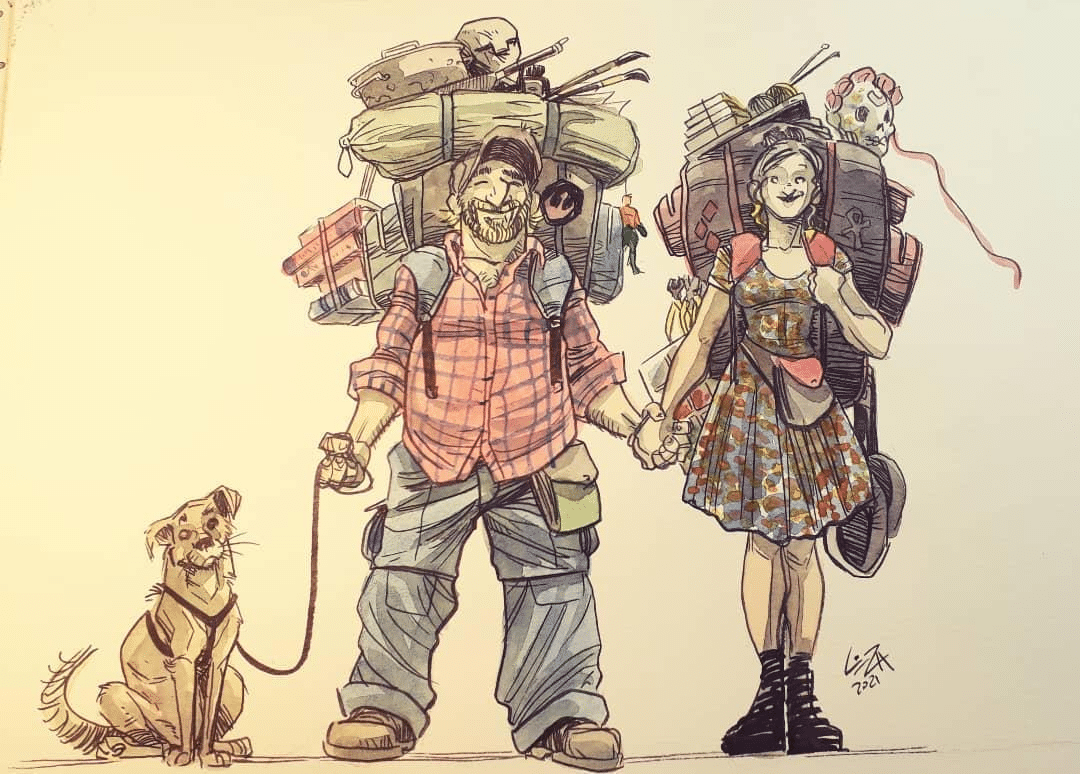
Aunque Manu confiesa que no tiene muchas historietas hechas en acuarela, esta técnica se ha convertido en una parte importante de su trabajo, especialmente para comisiones. “Generalmente, uso las acuarelas, para hacer comisiones que me representan un muy buen ingreso. También, hago dibujos sueltos con acuarela, justo ahora, estaba hace unos meses haciendo una historieta en acuarela, porque quiero tener alguna, ver cómo sale.”
La versatilidad de la acuarela y su capacidad para crear efectos únicos la convierten en una herramienta valiosa en el arsenal de cualquier artista. ¿Te interesa dominar el arte de la acuarela? Ingresa aquí para perfeccionar tus habilidades.
El secreto detrás de las poses de acción: Imaginación y experiencia
Uno de los aspectos más impresionantes del trabajo de Manu es su habilidad para crear poses de acción dinámicas y convincentes. Sorprendentemente, su enfoque no se basa en el uso de referencias fotográficas. “No, no uso referencias, no me gusta ver fotos, porque cuando copio mucho una, se nota y se ve duro, feo, imagino las poses de acción”, explica.
En cambio, Manu recurre a su experiencia personal y a técnicas creativas para inspirar sus dibujos. “Hice 8 años de boxeo, y creo que me ayudó mucho. Sé cómo se mueve un brazo, cómo hacer un golpe, me ayuda a pensar en eso, a la hora de dibujar.”
Además, tiene un método único para generar ideas de poses: “Otra cosa que me ayuda mucho a que se me ocurran poses es coleccionar muñequitos. Mira, acá tengo un Flash en la mano, como soy muy ansioso, los tengo siempre en la mano, y los muevo y los pongo en poses, a veces, surgen muchas de ahí. Acomodo el muñequito, así como corriendo y digo, uy, qué buena pose, y me queda en la cabeza.”
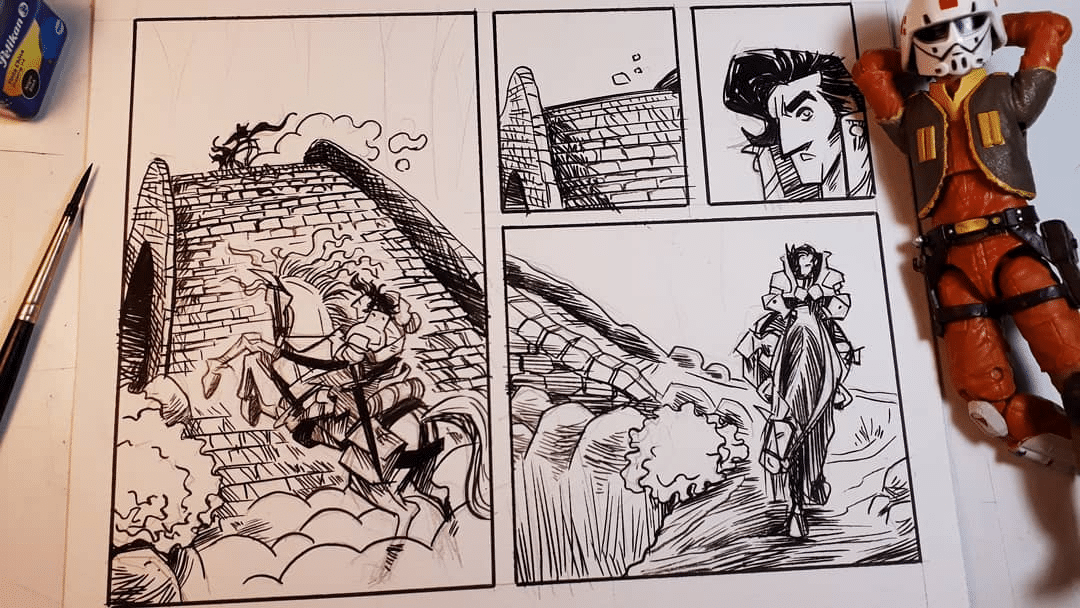
Este enfoque demuestra que la observación constante y la experimentación pueden ser más valiosas que depender exclusivamente de referencias fotográficas. ¿Quieres llevar tus poses de acción al siguiente nivel? Descubre más técnicas aquí.
Pasiones y desafíos: El corazón del artista
Cuando se le pregunta qué es lo que más le gusta dibujar, Manu responde sin dudar: “Creo que gente moliéndose a palos. Seguro.” Esta preferencia por las escenas de acción se refleja claramente en la energía y dinamismo de sus obras.
Sin embargo, lo que resulta fascinante es su actitud hacia los desafíos artísticos. “Bueno, vos sabes que ahí es medio loco, porque a uno no le gusta dibujar lo que le sale difícil, últimamente, cada vez más, estoy con ganas de dibujar lo que me cueste.”
Manu comparte una experiencia reciente que ilustra esta filosofía: “Por ejemplo, hace poco, hice un Inktober todo erótico, porque me costaba mucho, entonces dije, voy a estar un mes entero, dibujando esto sin parar, y me gustó, me gusta la sensación.”
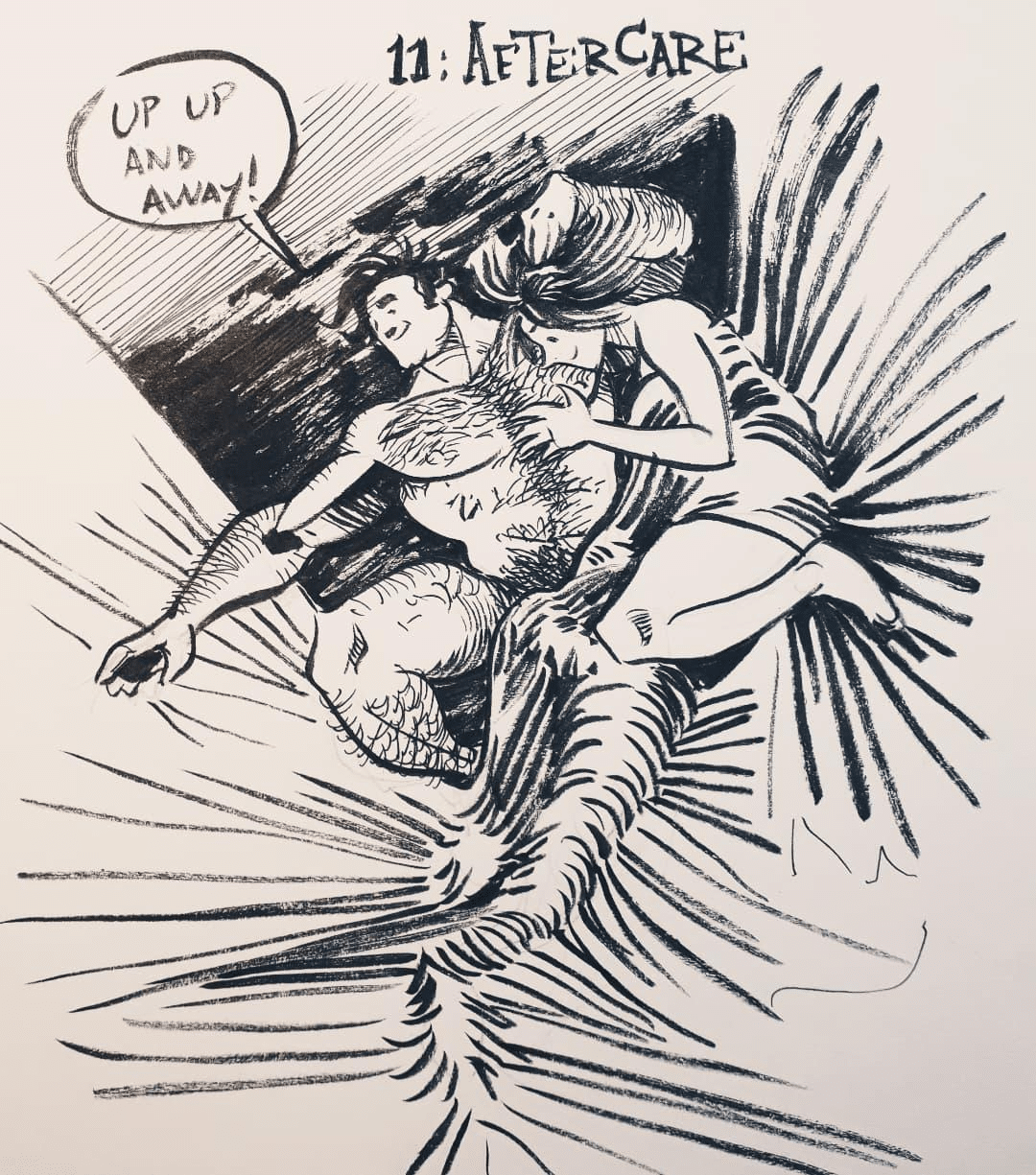
Esta disposición a enfrentar sus propias limitaciones y desafiarse constantemente es lo que mantiene fresco y en evolución el trabajo de Manu. “Me pasa, que me gusta tanto dibujar gente golpeándose, y lo dibujo tanto, que me salen así nomás, entonces de golpe digo, no, yo quiero estar pensando en el dibujo, y pensando cómo hago para que esto quede fabuloso.”
La lección aquí es clara: el crecimiento artístico a menudo proviene de salir de nuestra zona de confort y enfrentar aquello que nos resulta difícil. ¿Estás listo para desafiar tus límites artísticos? Explora nuevas posibilidades aquí.
Recomendaciones de un maestro: Las joyas ocultas del mundo del cómic
Para cerrar nuestra entrevista, le pedimos a Manu que compartiera algunas de sus recomendaciones de cómics. Su primera sugerencia nos lleva a una obra contemporánea que lo impactó profundamente: “La última que me golpeó fuerte, se llama ‘On a Sunbeam’, de Tillie Walden, una autora muy joven, que tiene como 24 años, y hace estos libros, que tienen como 1000 páginas.”
Manu destaca el logro de Walden: “Ganó una Eisner, es una de las personas más jóvenes en ganarlo. Es una gran novela, es Star Wars pero una historia romántica dentro de ella, o sea, es Star Wars pero a la vez no.” Esta descripción intrigante nos invita a explorar cómo los jóvenes artistas están redefiniendo los límites del género.
Cuando se trata de sus historietas preferidas de todos los tiempos, Manu nos ofrece una lista ecléctica:
- “Lupus” de Frederik Peeters
- “Berserk” de Kentaro Miura
- “Head Lopper” de Andrew MacLean
Estas recomendaciones ofrecen un vistazo a la diversidad de estilos y narrativas que han influenciado el trabajo de Manu, desde la ciencia ficción introspectiva hasta la fantasía épica y la acción estilizada.
Conclusión: El arte del cómic como un viaje sin fin
A lo largo de esta entrevista, Capitán Manu nos ha llevado en un viaje fascinante por el mundo del arte del cómic. Desde sus raíces en discusiones políticas familiares hasta su experimentación con nuevas herramientas y técnicas, Manu encarna el espíritu de un artista en constante evolución.
Su enfoque en la sensibilidad social, combinado con su pasión por la acción y el movimiento, crea un estilo único que cautiva a lectores de todas las edades. La disposición de Manu para enfrentar desafíos y explorar nuevos territorios artísticos es una inspiración para todos los que aspiran a mejorar su arte.
Las lecciones que podemos extraer de la experiencia de Manu son invaluables:
- No temas incorporar tus experiencias y pasiones personales en tu arte.
- La simplicidad en las herramientas puede llevar a una gran creatividad.
- Desafíate constantemente para evitar el estancamiento artístico.
- La observación y la experiencia pueden ser más valiosas que las referencias fotográficas.
- Mantén una mente abierta y explora diferentes estilos y géneros para enriquecer tu trabajo.
Para aquellos que buscan seguir los pasos de artistas como Capitán Manu, el camino puede parecer desafiante, pero también increíblemente gratificante. Si estás listo para llevar tu arte del cómic al siguiente nivel, haz clic aquí y descubre cómo puedes transformar tu pasión en maestría.
Agradecemos enormemente a Manuel Loza por compartir su tiempo y conocimientos con nosotros. Su pasión, creatividad y dedicación son verdaderamente inspiradoras. Te invitamos a seguir el trabajo de Capitán Manu en sus redes sociales (@manucapt) para mantenerte al día con sus últimas creaciones y proyectos.
Recuerda, el viaje del artista nunca termina. Cada trazo, cada historia, cada desafío superado es un paso más en elcamino hacia la excelencia. Así que toma tus lápices, pinceles o tableta digital, y comienza a crear tu propio universo de historias y personajes. Quién sabe, tal vez tú seas el próximo gran nombre en el mundo del cómic que estaremos entrevistando en el futuro.
¡Hasta la próxima entrevista, amantes del cómic y futuros artistas! Sigan dibujando, creando y, sobre todo, disfrutando del maravilloso mundo del arte secuencial.

